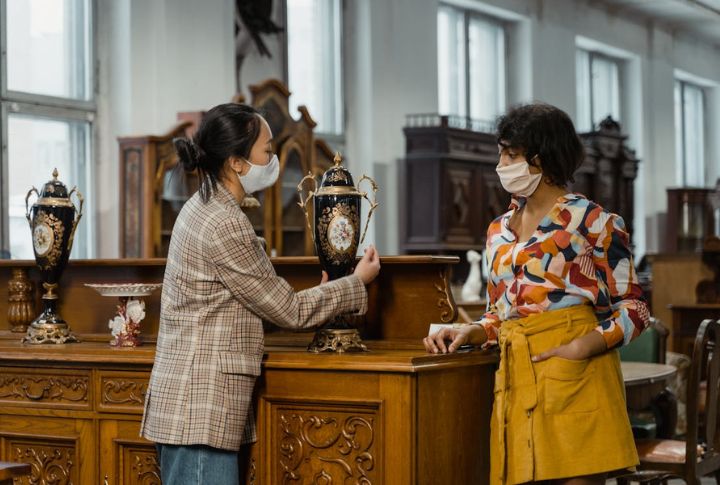
Owning an antique is easy, but knowing its value takes insight. Selling vintage pieces involves more than luck; buyers notice how you handle every detail. Often, success in this market depends on strategy and presentation. Are you ready to turn old treasures into big profits? These 10 insider tricks will help you sell smarter and attract the right kind of attention.
Get A Professional Appraisal

Before entering the market, consulting a certified appraiser can provide a clear picture of value. Accurate assessments help protect against underselling, especially for rare or high-value antiques. Some professionals even focus on niche categories like vintage jewelry or furniture, and museums or auction houses typically provide trusted referrals.
Research Comparable Sales

Understanding market behavior begins with reviewing recent sales. Online platforms like WorthPoint and LiveAuctioneers offer helpful insights, though seasonal shifts and pop culture influences can alter demand. When comparable pieces appear in film or TV, prices may jump unexpectedly, making regular research key to setting expectations.
Clean With Care, Or Not At All

Preserving an item’s integrity usually means resisting the urge to clean. Many antiques lose value when original finishes are altered or damaged by harsh chemicals. Materials like ivory or lacquer are especially vulnerable. In most cases, gentle dusting with a soft brush is the safest and most recommended approach.
Pick The Right Selling Venue

Maximizing return requires choosing the appropriate outlet. High-end items tend to perform better at auction houses, while more miniature collectibles may appeal more through platforms like Etsy, eBay, or 1stDibs. Each venue reaches a different buyer base, and commission fees vary, making it essential to read the terms carefully.
Take Quality Photos

First impressions are everything; explicit, detailed images build trust and significantly boost selling potential. Use natural light and various angles to showcase condition and artistry brilliantly. Close-ups of maker’s marks or serial numbers are absolutely essential. Blurry photos invariably deter serious collectors, so ensure sharpness.
Check For Fakes And Reproductions
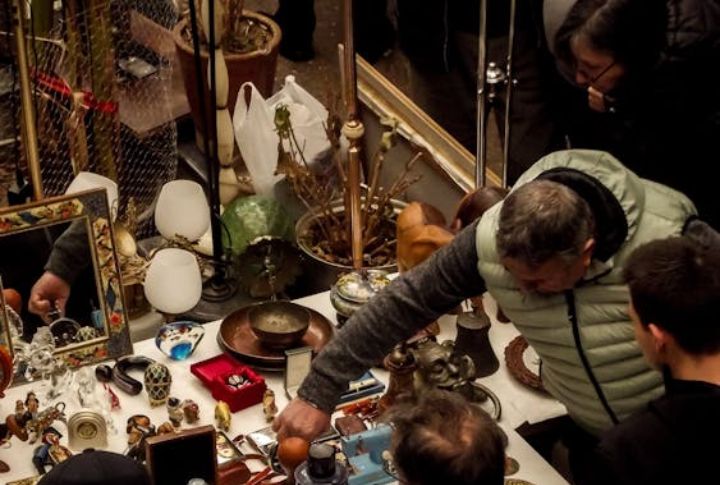
Many replicas are made to look nearly identical to authentic antiques. Check the materials, manufacturing techniques, and aging signs closely. True antiques show consistent wear in expected places. Anomalies like modern screws or synthetic finishes can signal a reproduction. Always consult with experts before assuming a piece is genuine.
Time Your Sale Strategically
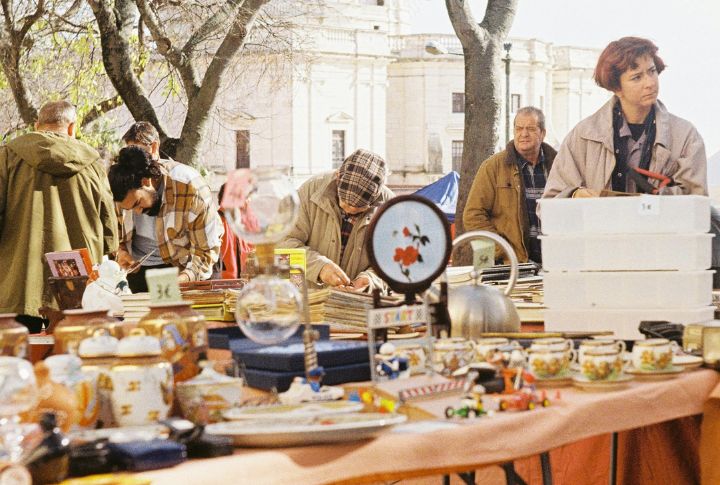
Timing an antique sale is key to maximizing its selling potential. Certain periods, like specific seasons or economic climates, favor particular items. Tax refund season and holidays often boost buyer activity. Events such as estate sales or collector conventions create demand spikes, unlike major public holidays.
Understand Tax And Legal Implications
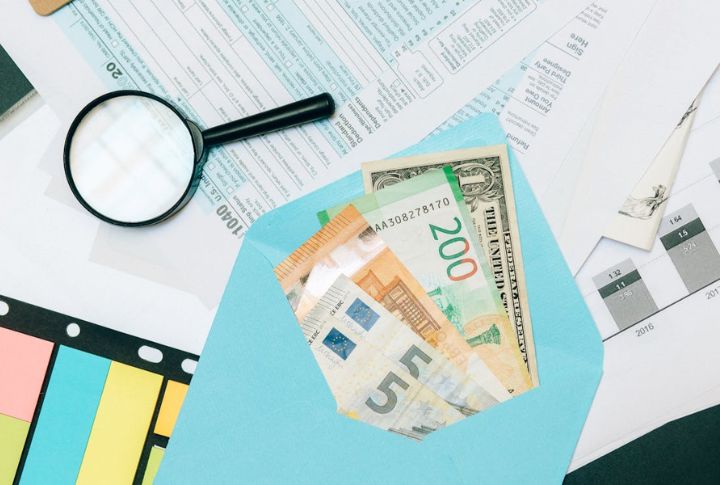
Unraveling the complexities of selling high-value antiques means understanding tax and legal obligations. Reporting capital gains might be necessary for significant sales. Some states impose resale certificate requirements or sales tax obligations. Thorough documentation is invaluable for insurance and future audits.
Know The Item’s Story
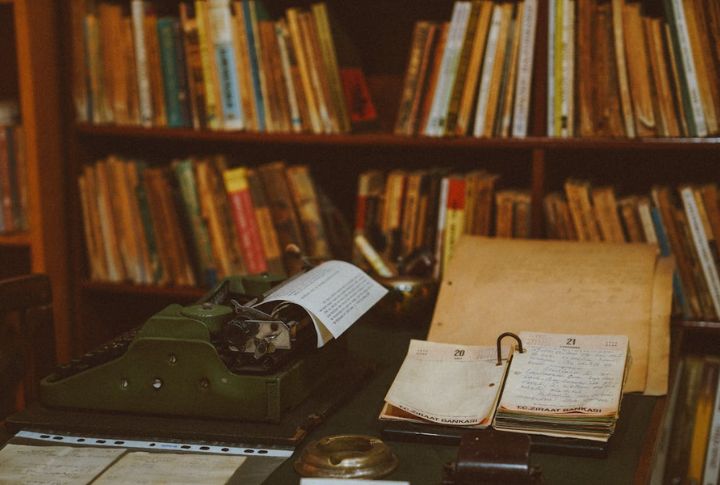
Behind every antique is a journey, and documented provenance can increase its worth. Ownership history verified through paperwork, photographs, or receipts adds credibility, while celebrity association may increase appeal. Pieces connected to historical events often attract more attention, primarily when the story is supported by clear, verifiable records.
Be Honest About Condition
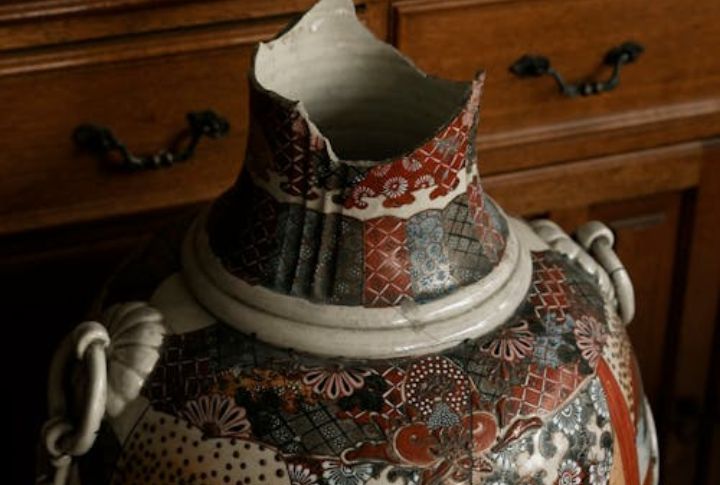
Transparency is the bedrock of trust, preventing disputes or returns. Even minor flaws like hairline cracks or subtle discoloration directly influence an item’s market price. Always disclose restorations upfront. Interestingly, some natural aging signs, like a rich patina, can enhance appeal if presented thoughtfully.
